
A new way of farming to counter climate change
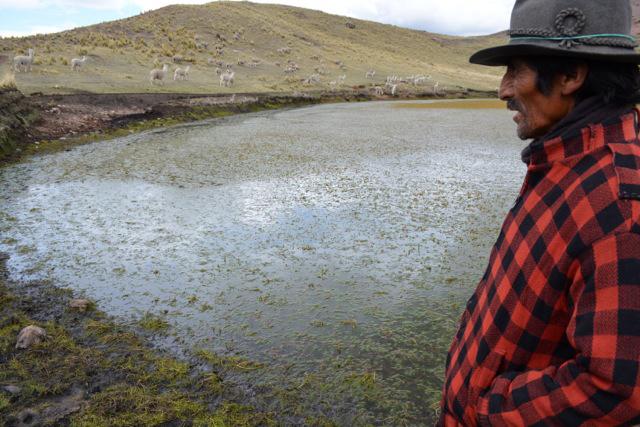
Away from the negotiating tables in Lima, climate change is a reality in Peru’s mountainous Andes range. Adapting to rapid weather changes, sometimes with the help of ancestral techniques, has become a way of life for poor inhabitants.
In Pumatalla, some 200 kilometres southeast of the ancient Inca capital, Cusco, Silverio Choqueneira says seasons have clearly become erratic, complicating crop planting and harvests.
“Before, the dry season lasted from May to September, and the rainy season ran from January until April. But now, the rain could come at any moment. This year, none of us here could harvest,” he said.
“Before, it used to rain peacefully, but now when it rains, it whips the land.”
Choqueneira mans a weather station in his community, providing local radio stations not only with daily temperature, wind and humidity readings, but also with information about what this means for locals in their daily lives.
“We were losing our harvests, so many people are now focusing on cattle and others are migrating to the cities,” he explained.
The weather station was built three years ago as part of the PACC (Adaptation to Climate Change Programme) and supported by the Swiss Agency for Development and Cooperation (SDC), Swiss NGO Helvetas and Peru’s environment ministry.
PACC has also been central in supporting a network of high-altitude water reservoirs, or “qochas”, to “harvest and sow” water, explained Victor Bustinza, programme coordinator at PACC.
In this region, where joint studies by Switzerland and Peru’s National System of Meteorology and Hydrology show that rainfall will drop 15-30% by 2030, PACC offered families and communities technical and modest financial support to build naturally dammed lagoons. These had been used in agriculture by Incan ancestors, allowing water to be used more efficiently.
One of the projects has since been awarded a national prize for climate change management.
Peru is the third most vulnerable country in the world to climate change risks, behind Honduras and Bangladesh, according to a report by the UK-based Tyndall Centre. The Intergovernmental Panel on Climate Change, which provides a scientific view of climate change knowledge, reported that mountain ecosystems are among the most likely to be exposed to severe ecological effects.
Ancient solutions
At 4,300 metres above sea level, Bernabé Huarca herds a few dozen alpacas, sheep and half a dozen cows near the summit of a watershed above Anansaya Ccollana, another farming community in the region of Kuntukanki.
Over the past two years, with PACC’s help, he has built a small barrage at the lower end of a plain that locals previously used as a football field.
“We are going to build it up higher,” Bernabé explained, as his herd waded into the lagoon to drink and eat the floating vegetation.
In previous years, four of his sons left this poor farming area, but he said that since the qocha was built, pastures are greener and he knows that neighbours are also benefitting from his and other smaller community reservoirs.
As part of a comprehensive community-based plan, PACC has supported the building and reinforcement of two types of qochas. Built on naturally flat areas at high altitudes and reinforced with mud blocks, some of the lagoons retain water, “harvesting” rain for use in dry stretches, while others allow water to infiltrate into aquifers and other lower qochas, soaking sub soils along slopes and irrigating vegetation from below.
The qocha plan involves competitions among farmers, who subsequently receive technical assistance and training through PACC.
Flavio Valer, a PACC coordinator, shows how the reservoirs were built at different levels of slopes, respecting the geology of natural watersheds. From high above, swaths of pale green vegetation stand out against an otherwise arid landscape covered by the native ichu grass.
Selected as a leader by PACC to promote climate change awareness in his native community, Pucacancha, Henry Mamani explains that the qochas have been such a success that people from other villages have asked the authorities to develop more of them in their own communities, where conflicts over water had existed.
Food security and development
“It helps to relieve us a bit from poverty and malnutrition, offering food security,” Mamani explained.
Extreme poverty, which, according to the National Statistics Institute, affects 23% of Peru’s population, involves 52.9% of people in mountainous rural areas.
According to Mamani, approximately 2,000 people in the area benefit from water originating from the four communal qochas, including the largest, Moroccacca. He says farmers at lower altitudes now produce milk and cheese which they bring to market in Cusco and Puno, the two closest cities.
The PACC porgrammes in Peru run until December 2016. For Jean Gabriel Duss, head of the SDC in Peru, they are an example of how Switzerland, in its 50th year of cooperation with Peru, has provided technical as well as financial backing to programmes which regional and national authorities have adopted and expanded.
“At the start of PACC, the scientific side was quite important. There was a need to see if there really were changes in the climate in Peru – and when it came to mountain climatology, Switzerland had the know-how,” Duss explained.
“People in the region live with the climate and they know how to manage the climate. The mini hydraulic systems came from knowledge that they have. So it was interesting how science comes together with ancestral knowledge.”
Bustinza explained that a decrease in rainfall in the surrounding Vilcanota glacial watershed, where approximately one million people live, would be devastating, having a serious impact on development.
Eduardo Jaime Durand, director of climate change, desertification and hydric resources at Peru’s environment ministry, warned that an increase in global temperatures by four degrees Celsius if no concerted action is taken “would be very worrying for Peru” and its “climatic mosaic”, including its desert coast, mountains and jungle.
“We need to innovate,” he stressed. “New models are needed, and ancestral knowledge exists to deal with climate change.”
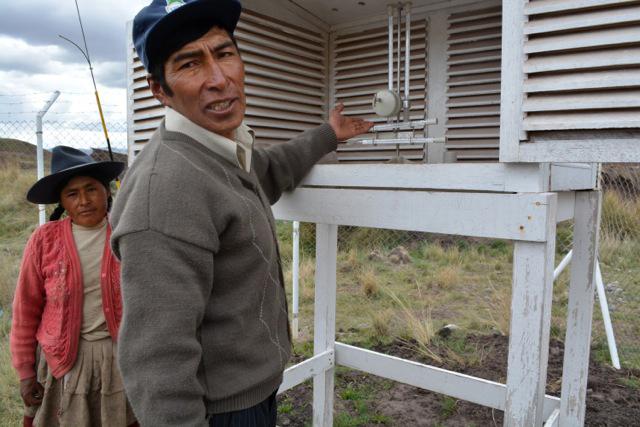
Worries for the future
Choqueneira, the weatherman and local leader in Pumatalla, agrees. “We mustn’t lose our ancient knowledge. Between science and our old knowledge, I can see that things coincide,” he said.
“Our ancestors said, in Quechua, ‘uraymantan wayra wayramu paran challanqana’, meaning it will rain because the wind comes from the west. This is what I read from the weather instruments.”
In spite of the development of nearby qochas, Choqueneira still worries about the future. Unlike many of his neighbours who have left this poor region, he insists on staying put and continues to plant vegetables.
“If everyone goes away, who is going to produce food to eat?”
But with other neighbours having converted to livestock, he worries about future supplies of water.
“How are you going to dedicate yourself to raising cattle? Without water there is no life.”

In compliance with the JTI standards
More: SWI swissinfo.ch certified by the Journalism Trust Initiative
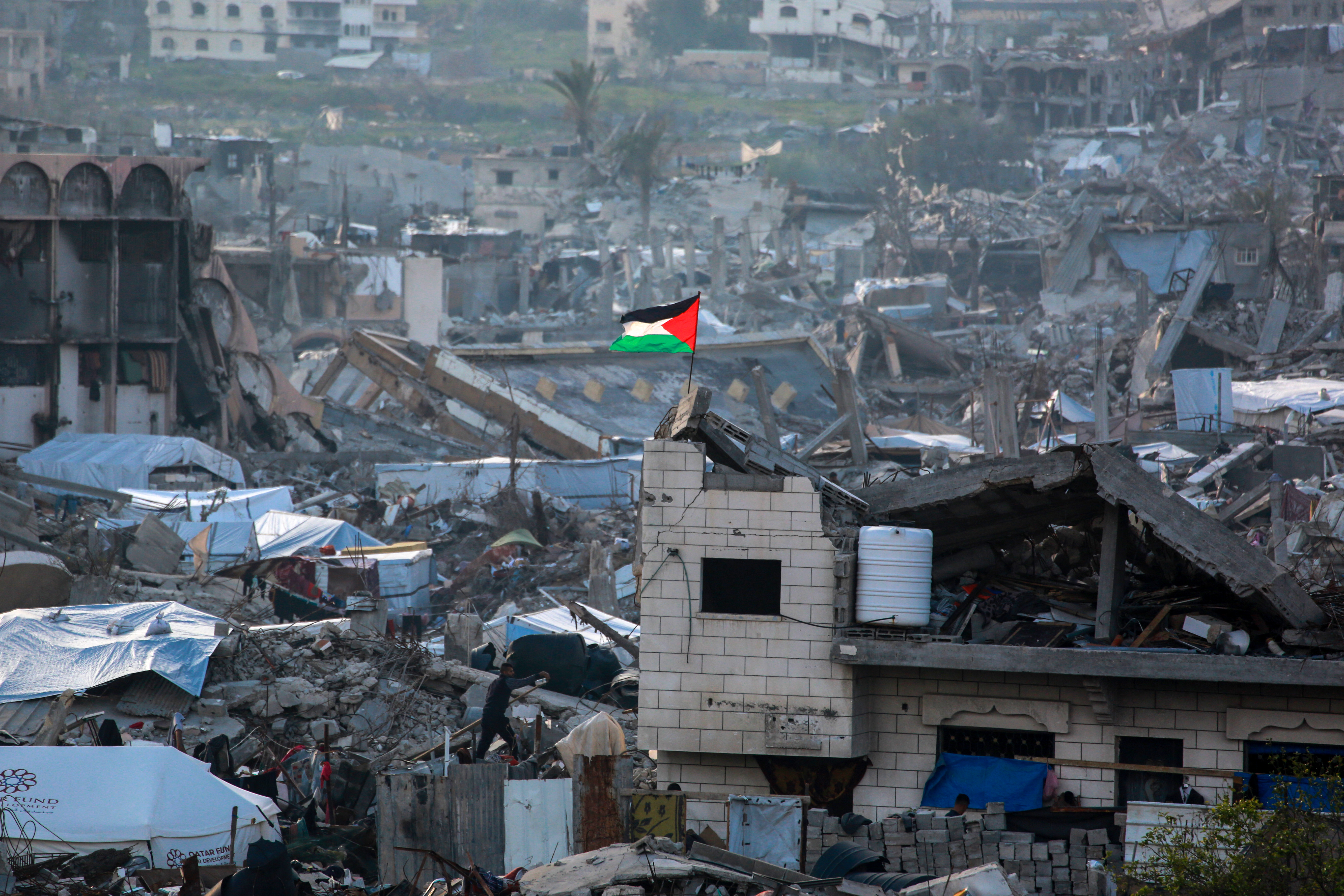






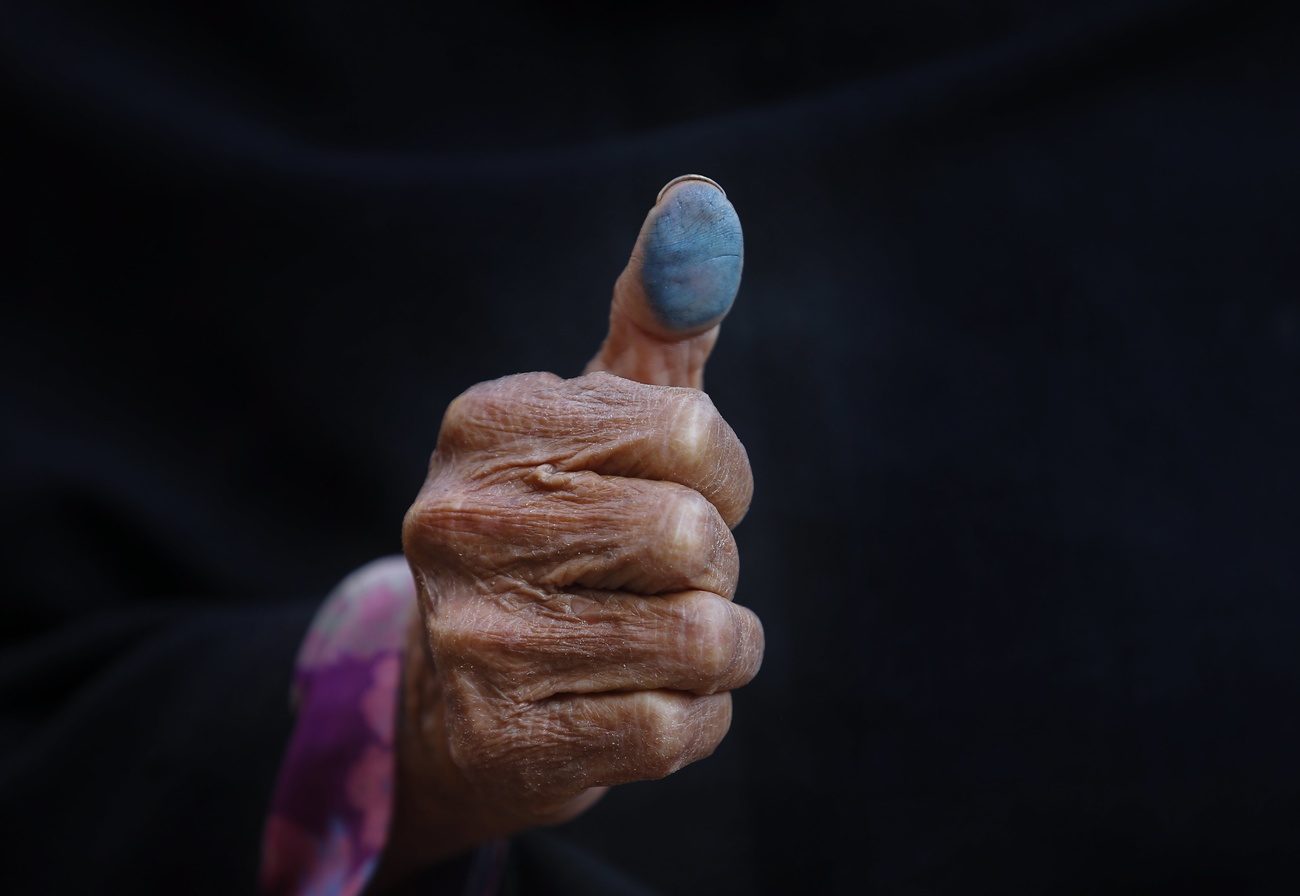

















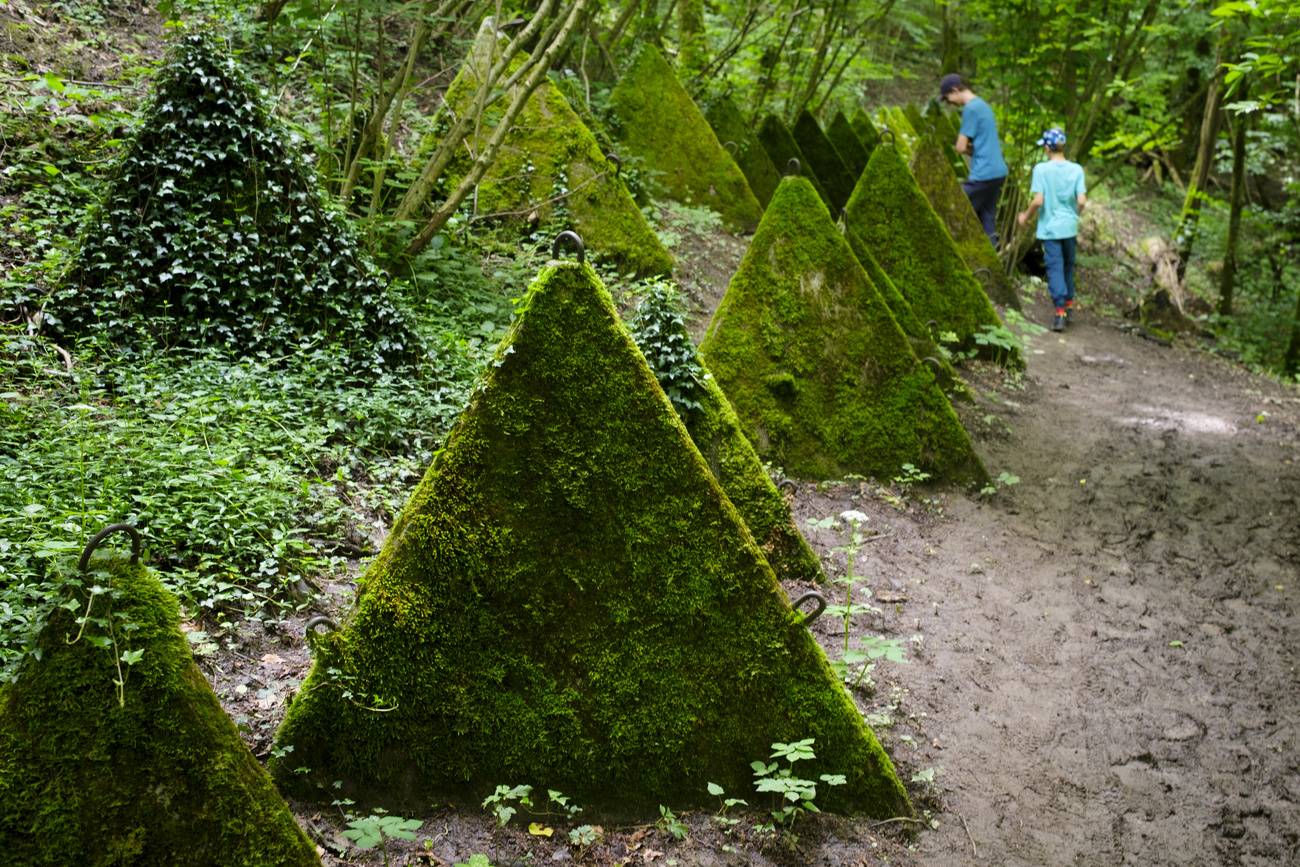











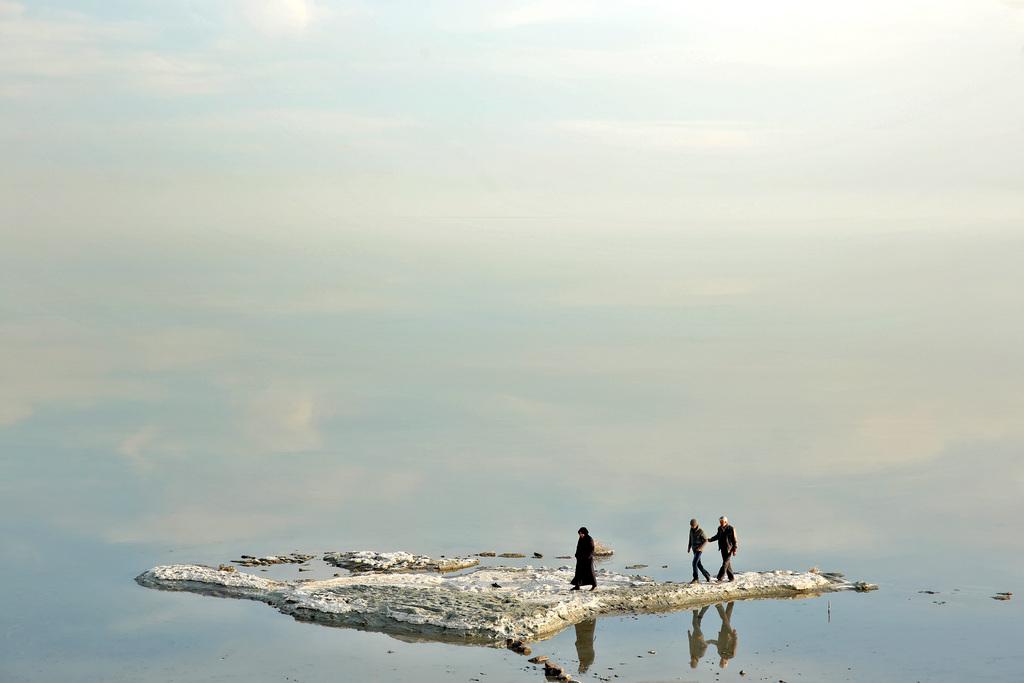
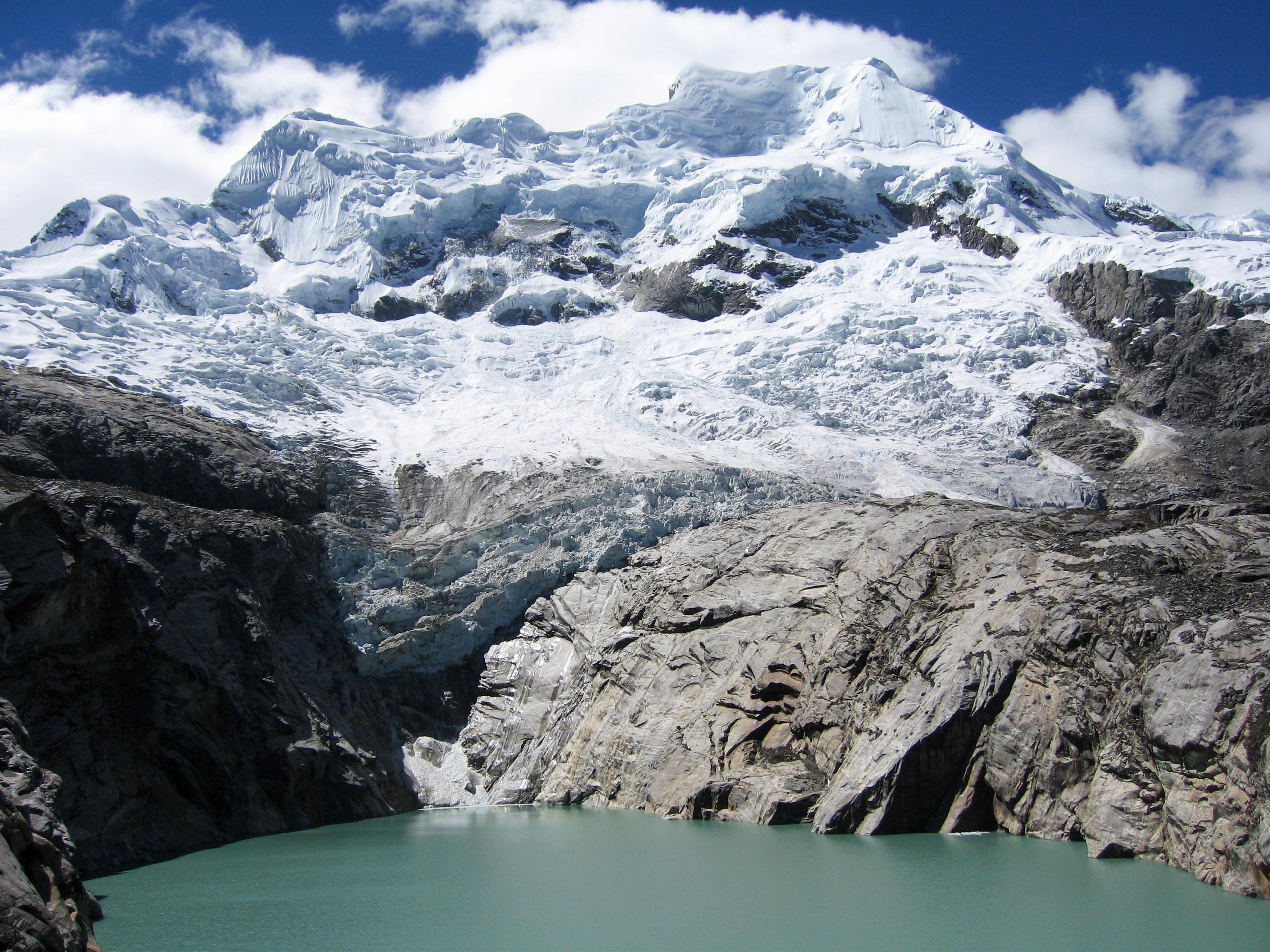
You can find an overview of ongoing debates with our journalists here . Please join us!
If you want to start a conversation about a topic raised in this article or want to report factual errors, email us at english@swissinfo.ch.